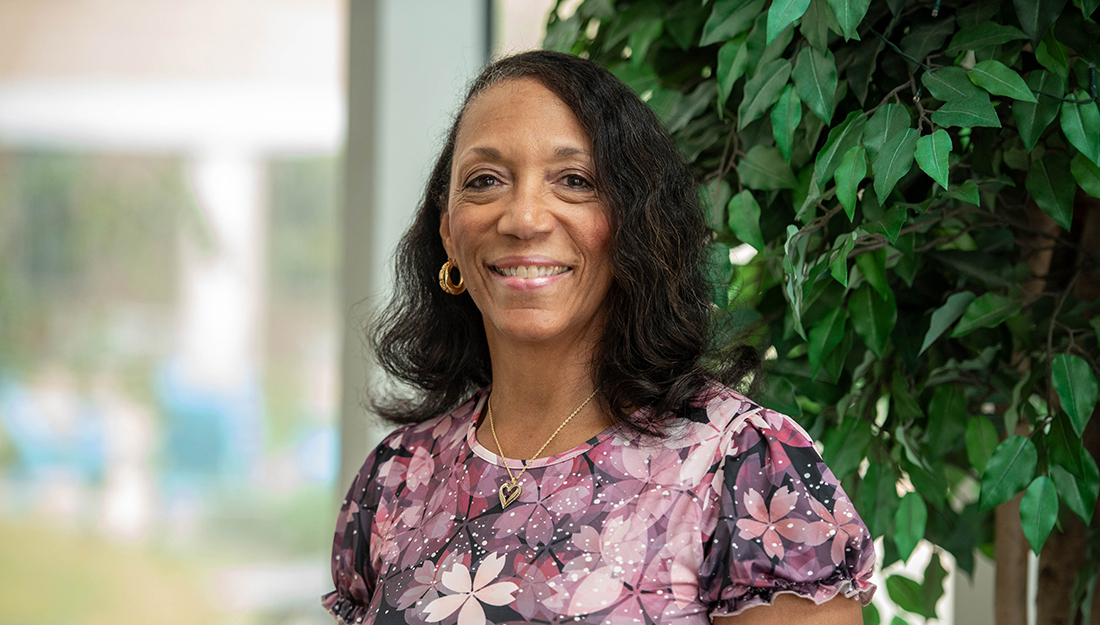Technology in nursing education

Homer Warner, MD, is credited as being the first to use a computer in patient care. It was an analog computer, but in the mid-1950s, it was a state-of-the-art approach to obtaining a real-time reading of a patient’s heart rate, blood pressure and cardiac output. It was fast and accurate—and it was just the beginning of health care’s technological revolution.
“When I began my nursing practice, I carried a Handspring PDA, a personal digital assistant with two megabytes of onboard memory in my pocket, to retrieve detailed information about medications,” said Brian Holland, PhD, RN, assistant professor and assistant dean of academic studies at Texas A&M College of Nursing. “It was high tech at the time, but obviously what we have today—including advanced communication systems, more accurate diagnostic tools that are minimally invasive and technology-driven drug delivery systems that minimize errors—is way beyond that in terms of power, capability and possible applications.”
With funding from the Texas Higher Education Coordinating Board’s Nursing Innovation Grant Program, Holland and his colleagues, Debra Matthews, PhD, RN, assistant professor and associate dean for academic affairs, and Angela Mulcahy, MSN, RN, CMSRN, clinical assistant professor, are using technology to enhance nursing education in the classroom and clinic, specifically in simulation.
“The funding supports faculty pursuing certification in health care simulation education,” Holland said. “This will broaden our faculty’s understanding of how to implement high-quality, technology-driven simulation into courses, what kinds of clinical experiences can be supplemented or replaced with simulated clinical hours to increase learning outcomes and how to provide simulated enhanced interprofessional education opportunities.”
Historically, nursing students applied newly acquired skills caring for real patients under the watchful eye of a professional nurse through clinical rotations at area hospitals or clinics. However, increased enrollment at nursing programs across the state, in response to the growing national nursing shortage, has resulted in a lack of traditional clinical sites. Simulation has proven to be good alternative.
A study by the National Council of State Boards of Nursing found that up to 50 percent of traditional clinical experiences can be replaced with simulation with no change in core course grades, grade point average or National Licensure Exam pass rates. The college is being strategic in how those traditional clinical placements are being used.
Clinical Simulations
“We used to take first-year nursing students into hospitals immediately to begin working on their basic clinical skills,” Holland said. “But it was difficult to align what they were learning in the classroom with what they needed to know to care for patients in clinicals on any given day. So, we’ve replaced all of the clinical hours in the Fundamentals in Nursing Care course with clinical simulations. It has worked out beautifully.”
In the fundamentals course, nursing students learn about basic patient care. These skills can be learned and practiced outside of a real clinical setting, in tandem with the material that is being presented in class, using simulation technology and standardized patients: real people who are trained to portray a specific injury or illness.
“In simulation, we can provide students with information and realistic experiences that they need to assess and treat the patient,” said Holland. “It is a safe environment where they can make mistakes, which is something we couldn’t allow in a real clinical setting.”
For example, using a Ventriloscope, purchased through the grant, faculty can simulate a patient with congestive heart failure, allowing students to hear life-like heart and lung sounds, which can be controlled by the instructor to simulate real-time progression of a pathological process or treatment to create a high degree of realism. “The more opportunities students have to think through this process in simulation, the more proficient they will become in preparation for their practice,” Holland said.
Incorporating simulation into clinicals has worked so well that it is being strategically used in the classroom.
Course Simulations
“We are incorporating simulations into courses as a means to meet specific clinical objectives,” Mulcahy said. “For example, we created a simulation focusing on elder abuse for our Nursing Care of the Aged course. The purpose is to give students an opportunity to think about a challenging scenario in a controlled environment, before they face it for real in their practice.” Simulation also allows students to experience nursing scenarios in mental health, public health and other specialties that might be infrequently encountered in day-to-day practice. The hands-on learning opportunity provided by simulation is generating positive results.
“Nursing students who participated in courses where faculty introduced the use of technology in simulation show increase in clinical reasoning and application of knowledge,” Mulcahy said. Although these are promising benefits for students, it may be even more beneficial to their future patients.
Interprofessional Education
Texas A&M’s commitment to interprofessional education across all health disciplines prepares students for collaborative practice, resulting in better outcomes for patients. Equipment purchased through the grant will give students opportunities to participate in delivering interprofessional telehealth services through simulation.
“Using a robotic device, nursing students will communicate with an off-site provider to assess and treat a standardized patient in a simulated clinical experience,” Holland said. “An iPad mounted on a mobile unit, with two-way audio and visual capabilities, is controlled by the provider—who could be a thousand miles away—to maximize the ability to interact with the patient and nurse.” Students from Texas A&M’s nurse practitioner, medicine and pharmacy programs will be included in these simulations to increase the interprofessional component of the learning experience.
“Technology is fully integrated into health care, from electronic health records to smart alarms for continuous monitoring of unattended patients,” Holland said. “For this reason, technology must be integrated into our courses and clinicals to fully prepare our graduates to meet their patients’ needs.”
Media contact: media@tamu.edu


